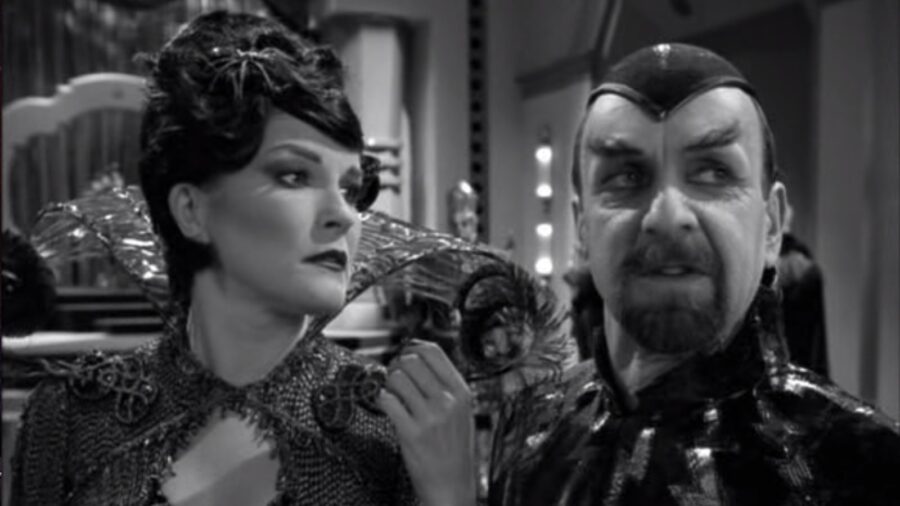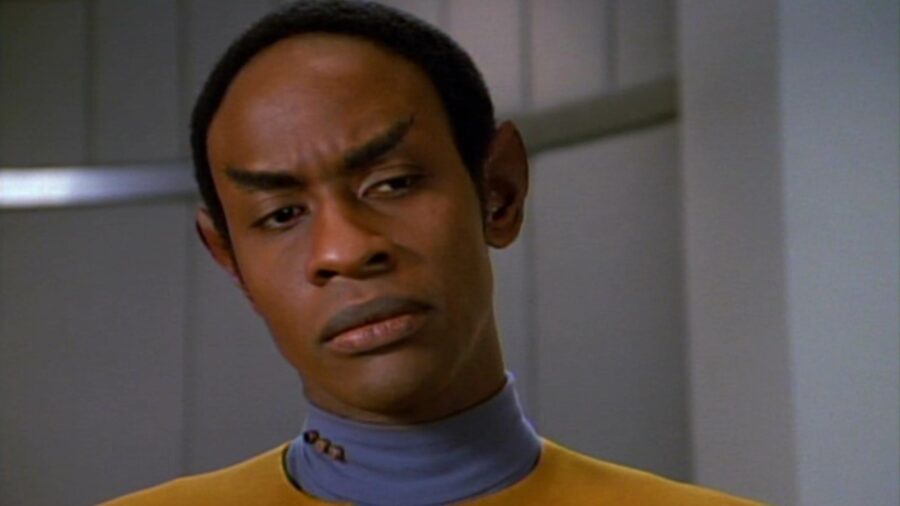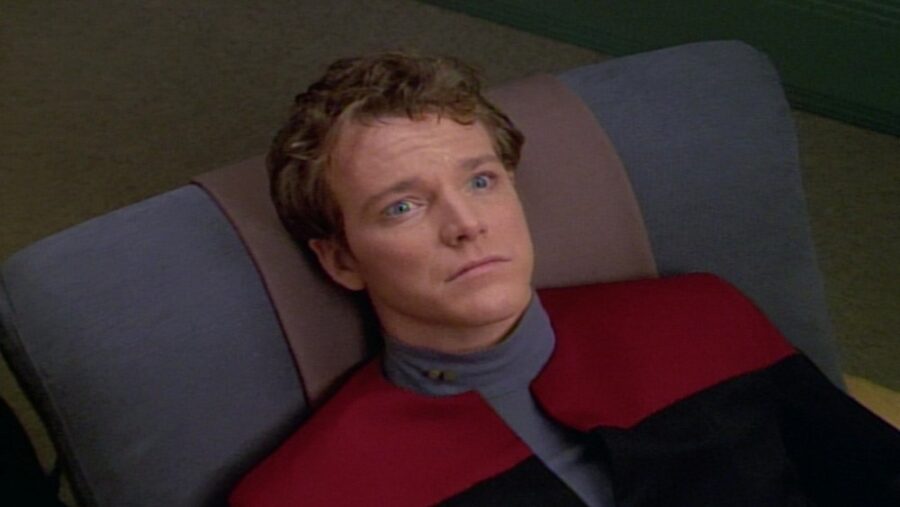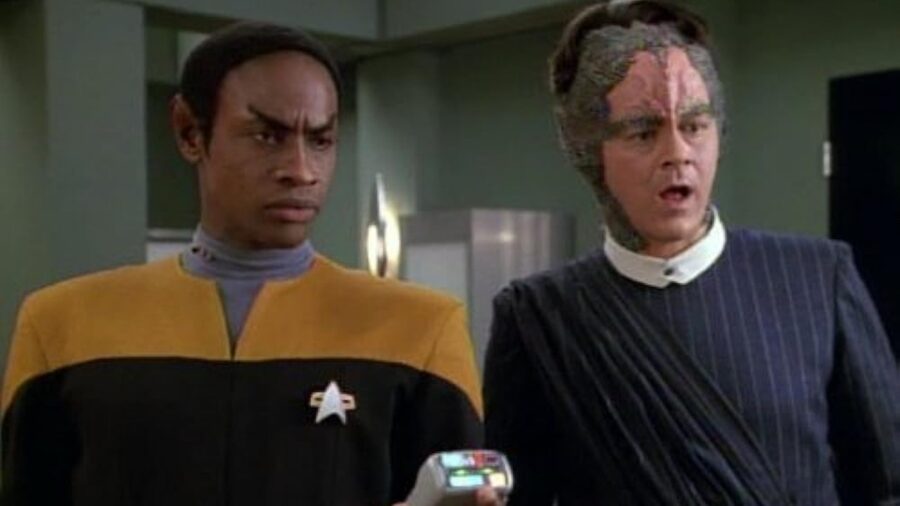Star Trek Episode Almost Filmed In Black And White

If you mention “Star Trek” and “black and white” in the same sentence, fans are likely to think of The Original Series–specifically, the episode “Let That Be Your Last Battlefield,” which criticized racism by pointing out the absurdity of aliens with half-white, half-black faces persecuting those who had their colors on the “wrong” side. However, the later Trek series Voyager experimented with black-and-white storytelling, mostly through the Captain Proton holodeck program that Tom Paris loved so much. Long before the introduction of Captain Proton, though, the first season Star Trek: Voyager episode “Ex Post Facto” was nearly shot entirely in black and white.
Where It Came From

This is something the franchise never did before or after, so why did the producers of Star Trek: Voyager consider making a black and white episode? In this case, the idea came all the way from the top. Michael Piller was the early showrunner for this series, and after the show bought the story idea from Evan Carlos Somers, Piller helped Somers write the script and contributed major notes to the show’s production.
Tarantino Influence

Specifically, the Star Trek showrunner wanted this episode to be a love letter to the various noir films that were shot in black and white back in the day. In addition to his natural love of that genre, it sounds like Piller was also inspired by the works of Quentin Tarantino.
Producer David Livingston claims that Piller was ‘really into Pulp Fiction at the time” and had a simple, shocking belief: “everything should be like Pulp Fiction,” so he treated “Ex Post Facto” like his version of that noir-flavored film.
Raymond Chandler

Piller was Star Trek’s best writer, and it’s no surprise that he began with the script, writing what Livingston called “all this noir dialogue, literally.” Not everyone loved his writing contributions, though: Tom Paris actor Robert Duncan McNeill later complained about how everything “was written in a very Raymond Chandler-ish tone.”
That complaint was echoed by producer and future showrunner Jeri Taylor, who said that the episode had “suburban housewives, dogs, smoking, and people talking like they came out of a Raymond Chandler novel,” all of which she felt was out of place for this science fiction show.
Noir For Everyone

Still, Piller insisted on making everything noir, and this affected the production in ways big and small. For example, David Livingston suggested giving “a peekaboo haircut” for one woman “so that she looked like Veronica Lake,” and director LeVar Burton did his best to shoot everything in a noir style. However, Livingston says that Piller wanted to go the extra mile and shoot the entire Star Trek: Voyager episode in black and white.
Playing It Safe

The Star Trek showrunner ultimately relented, and the only black and white moments in the episode were the memory scenes, part of a weird plot where Tom Paris has been falsely accused of murder and had to relive the final moments of the victim.
Admittedly, those scenes were very vivid, and we can’t help but wonder what “Ex Post Facto” would look like if the entire episode was shot in this style. Eventually, the show would dip back into this well with Tom Paris years later when he participated in Captain Proton holonovels which made himself and anyone else in the holodeck appear in black and white.
Above all else, this Star Trek: Voyager tale of a nearly black and white episode reveals how experimental the show was in its early days.
That’s ironic, of course, as this spinoff would eventually earn a reputation for playing it safe compared to more daring shows like Deep Space Nine. Compared to that groundbreaking show, Voyager never really had a way to win, but with visionaries like Piller, it could at least find ways to lose more slowly.












